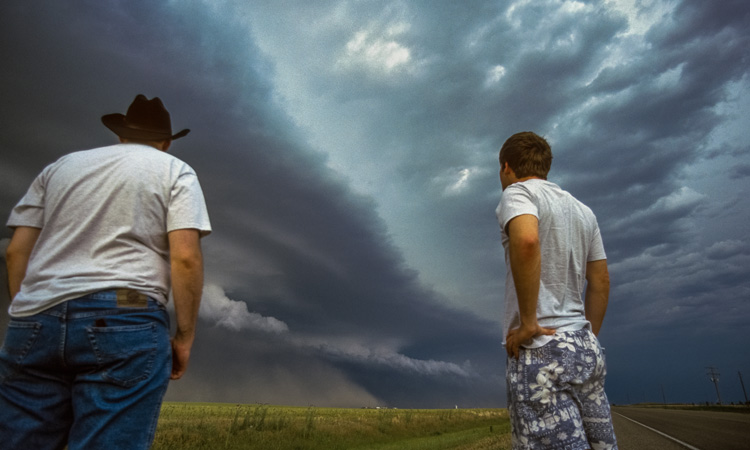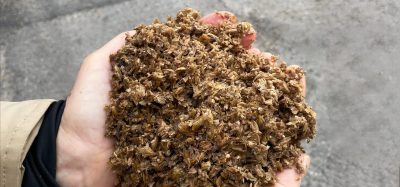USDA assists farmers, ranchers and producers affected by severe weather
- Like
- Digg
- Del
- Tumblr
- VKontakte
- Buffer
- Love This
- Odnoklassniki
- Meneame
- Blogger
- Amazon
- Yahoo Mail
- Gmail
- AOL
- Newsvine
- HackerNews
- Evernote
- MySpace
- Mail.ru
- Viadeo
- Line
- Comments
- Yummly
- SMS
- Viber
- Telegram
- Subscribe
- Skype
- Facebook Messenger
- Kakao
- LiveJournal
- Yammer
- Edgar
- Fintel
- Mix
- Instapaper
- Copy Link
Posted: 14 August 2020 | Sam Mehmet (New Food) | No comments yet
The USDA is providing assistance after a severe derecho – a widespread, long-lived wind storm – swept through the Midwest of the US, devastating farms and agricultural practices.


The US Department of Agriculture (USDA) has announced the availability of assistance for agricultural producers in the Midwest affected by the recent severe weather to help eligible farmers and ranchers re-establish their operations and continue to produce sustainable, safe food. The derecho is thought to have destroyed tens of acres of cropland in Iowa and beyond.
“Our agricultural producers provide Americans and consumers around the world with such abundance, it’s critical that we stand with them when confronting disasters like the derecho that has devastated so many in America’s heartland,” said Bill Northey, USDA Under Secretary for Farm Production and Conservation.
Livestock owners and contract growers who experience above normal livestock deaths due to specific weather events, as well as to disease or animal attacks, may qualify for assistance under USDA’s Livestock Indemnity Program. The Emergency Assistance for Livestock, Honeybees and Farm-Raised Fish Program provides payments to eligible producers to help compensate for losses due to disease (including cattle tick fever), and adverse weather or other conditions, such as blizzards and wildfires, that are not covered by certain other disaster programmes.
Producers of non-insurable crops who suffer crop losses, lower yields or are prevented from planting agricultural commodities may also be eligible for assistance under USDA’s Noninsured Crop Disaster Assistance Program if the losses were due to natural disasters.
USDA also can provide financial resources through its Environmental Quality Incentives Program to help with immediate needs and long-term support to help recover from natural disasters and conserve water resources. Assistance may also be available for emergency animal morality disposal from natural disasters and other causes. USDA’s Emergency Watershed Protection Program also can help relieve imminent threats to life and property caused by flood, fires and other natural disasters that impair a watershed.
Orchardists and nursery tree growers may be eligible for assistance through USDA’s Tree Assistance Program to help replant or rehabilitate eligible trees, bushes and vines damaged by natural disasters.
USDA has issued a series of actions to protect food safety if the power goes out in an emergency:
- Keep the refrigerator and freezer doors closed as much as possible. A refrigerator will keep food cold for about four hours if the door is kept closed. A full freezer will hold its temperature for about 48 hours (24 hours if half-full)
- Place meat and poultry to one side of the freezer or on a tray to prevent cross contamination of thawing juices
- Use dry or block ice to keep the refrigerator as cold as possible during an extended power outage. Fifty pounds of dry ice should keep a fully-stocked 18-cubic-feet freezer cold for two days.
Steps to follow after a weather emergency:
- Check the temperature inside of your refrigerator and freezer. Discard any perishable food (such as meat, poultry, seafood, eggs or leftovers) that has been above 40°F for two hours or more
- Check each item separately. Throw out any food that has an unusual odour, colour or texture or feels warm to the touch
- Check frozen food for ice crystals. The food in your freezer that partially or completely thawed may be safely refrozen if it still contains ice crystals or is 40°F or below
- Never taste a food to decide if it’s safe
- When in doubt, throw it out.








